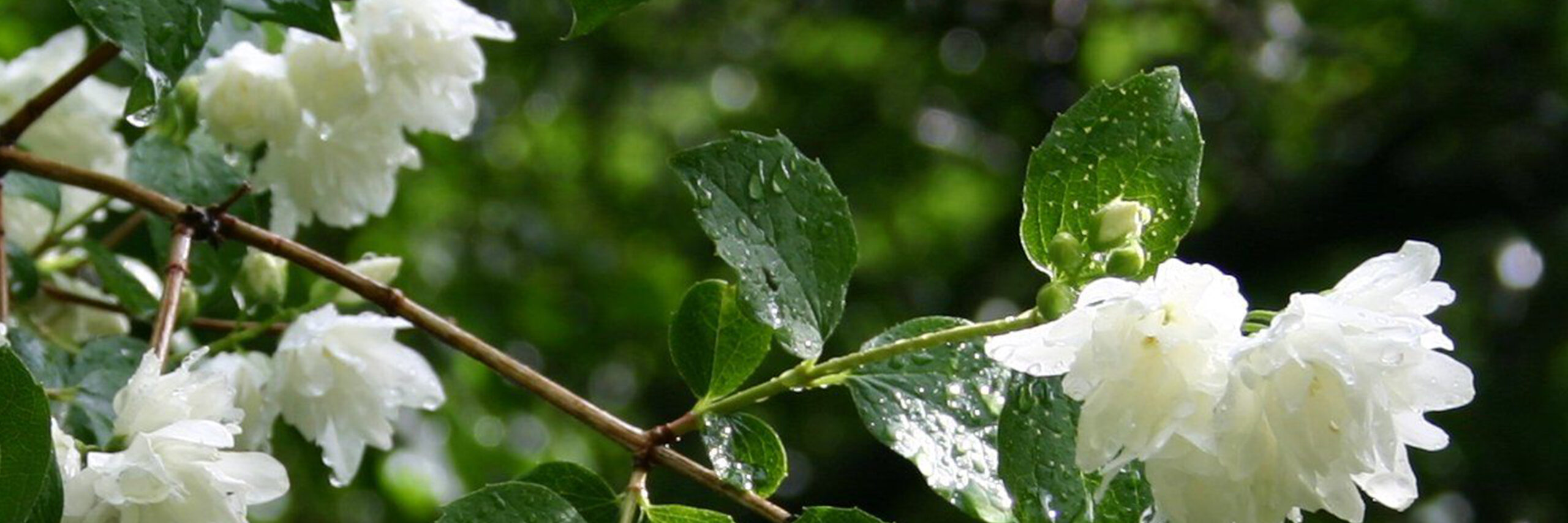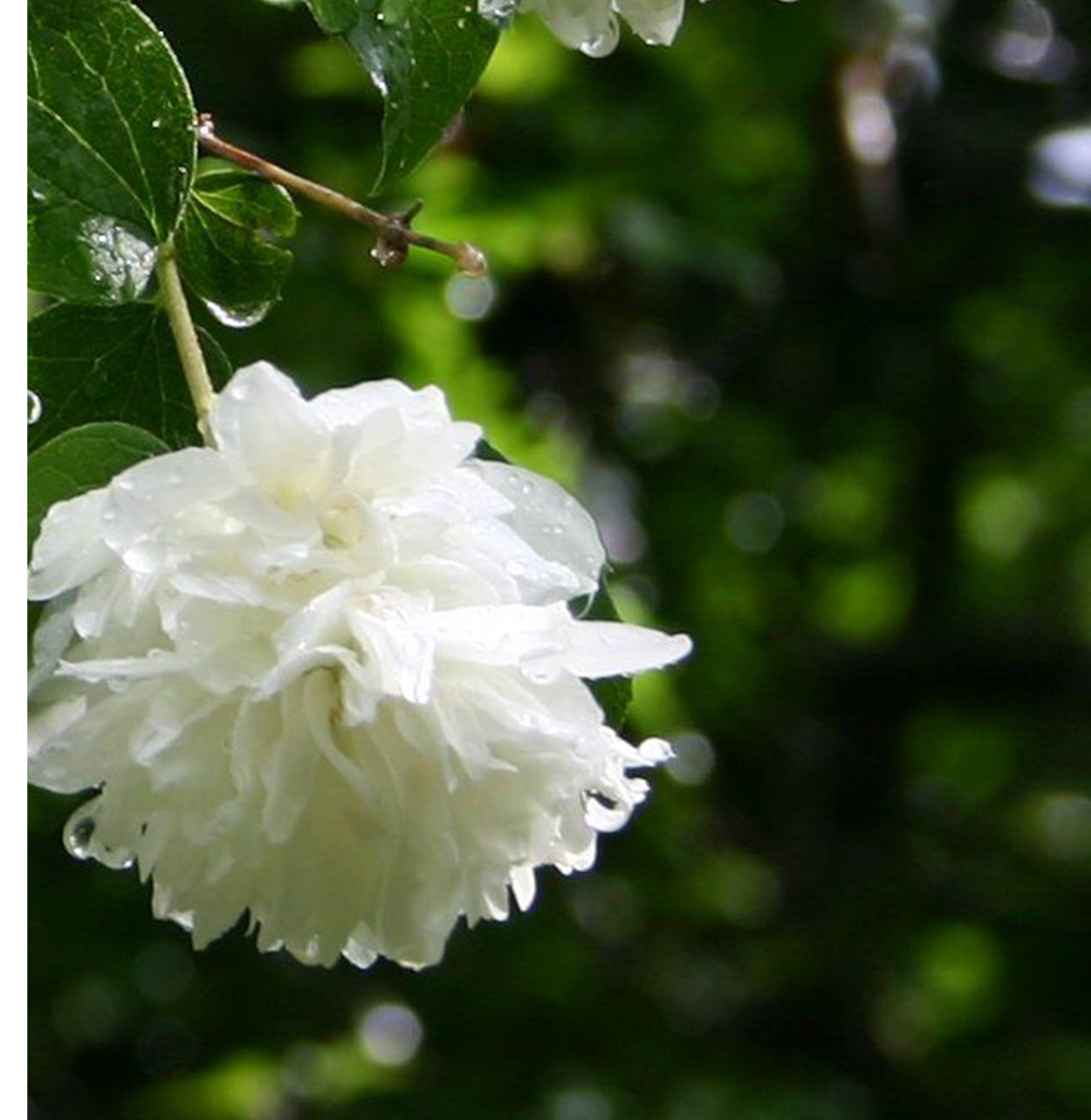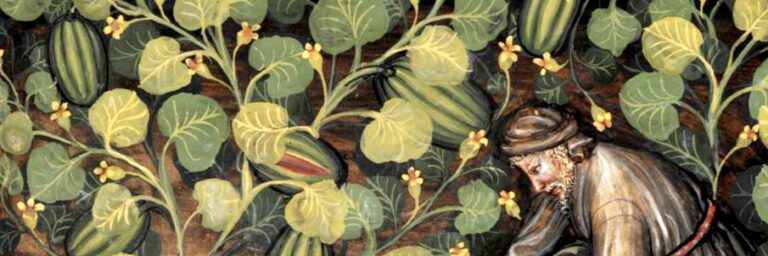The Therapeutic Virtues of Jasmine


FORMA FLUENS
Histories of the Microcosm
The Therapeutic Virtues
of Jasmine
Middle Ages, Renaissance
and Early Modern Period
Giovanna Zipoli
University of Florence

Let us take a brief look at the use of jasmine in medicine, without forgetting its cosmetic use, which is also aimed at personal well-being. In this brief excursus, I do not intend to dwell on their use in food, although I have dealt with this in other contributions.
Jasmine, widely used and praised in the East, was one of the many substances introduced to the Italian peninsula for therapeutic or ‘culinary’ use and is included in the pharmacopoeia of the Salerno Medical School.
Under the name ‘Sambacus’ (Latin gessominum) the flower is praised for its aroma in the Circa instans attributed to Matthaeus Platearius (12th century AD) which defines it of suave smell (odore suavis odorati) while in the Antidotarium Nicolai it is mentioned, among other applications, for its oil (oleum sambaci) used as in ingredient in the Confectio gallie muscate.
In the Renaissance, the Sienese physician and naturalist Pietro Andrea Mattioli (1501-1577) states that jasmine, warm in the second degree, is beneficial to phlegmatic moods and to the old cold complexion (Mattioli, Discorsi, 1544). He goes on to explain that perfumers make oil of jasmine using almonds – as in the preparation of orange oil – so as to anoint beards and “to grace the nose with its odour”.
At the turn of the sixteenth century, native’ jasmines were increasingly used in medicine and cosmetics. Giovanni Battista Della Porta (1535-1615), for one, discusses these flowers as being excellent for making perfumed water and again for their oil. In Giovanventura Rosetti’s Notandissimi secreti de l’arte profumatoria (“The Most Notable Secretes of the Prefumatory Art”, 1555), numerous recipes make use of jasmine, for instance the following:
To make oil of naranze, cedars, and jasmine
Take orange flowers or any sort of flowers you like (say jasmine) and leave them to the sun within a jar containing sweet almonds. Then stir the flowers every two days until the almonds have absorbed the odour of those flowers and finally pound and add oil with the torch as it is usually done with almonds.
With reference to the sixteenth-century recipes of Secreti, I would like to mention those of Ruscelli, of Signora Isabella Cortese and the seventeenth-century Ricettario Bardi and Ricettario Medici, which provide information as to the use of jasmine flowers in the tanning of gloves, in face creams, in ointments (mixed with pork fat, apples and jasmine from Catalonia) for lips “burst by the wind” and in odoriferous waters, often composite and present in various preparations.
In the Dogmatic and Spagyric Pharmaceutical Theatre (1685), the Neapolitan physician Giuseppe Donzelli prescribes jasmine for a variety of ailments:
For “palpitation of the heart” use distilled jasmine oil.
For “cheerfulness of soul” sprinkle jasmine water on the heart.
For “Fissures in the Lips, or also of the capitals of women’s breasts” anoint with jasmine oil.
For the “Heart, help and comfort” jasmine flower juleps.
He then specifies: “Jasmine oil recreates the soul, increases the vital spirits, and helps the debilitated head, and is one of the most important cordials”. Donzelli also provides us with the recipe for ‘Jasmine Flower Giulebbe’, which strengthens the heart and vitality, is ideal for the old with a cold complexion, as well as for ailments due to viscous and dense catarrh.
Florence's Great Passion for Jasmine
Florence had a long story of appreciation and use of jasmine, as evident in literary and medical sources. As an example, in the Introduction to the third day of his Decameron (1353), Giovanni Boccaccio points out that in the garden:
[…] it seemed to them to be among all the spices ever born in the East. The bearer of which were all made of white and vermilion roses and jasmine and were almost closed […].
By the same token, Lorenzo Strozzi, the exiled son of the Florentine noblewoman Alessandra Strozzi, in a letter of 1446 compares the remarkable presence of melarancia in Valencia to that of jasmine in Florence.
Born in Sesto Fiorentino (Florence), where she lives, Giovanna Zipoli is a retired teacher, graduated in literary subjects at the University of Florence, where she continued her studies in Medieval Archaeology as a postgraduate. She has moved from an interest in the study of containers to that of contents: from ceramics (pottery, albarelli…) to food and ancient medicine in Italy, in the Mediterranean basin and in Europe. In 2005 she founded the cultural association “Arti a tavola-Cultura del convivio” which she is currently the President of. She is the author of two books: Siamo alle frutte (2011) and Il convivio dei Signori (2015), a collection of medieval and renaissance recipes mostly unpublished. Along with Francesco Baldanzi, she has also co-authored the book Il medico fiorentino Bernardo Torni (1452-1497) e gli usi alimentari nella Firenze dei Medici (2020).
When the variety of jasmine ‘from Catalonia’ arrived in Florence, a Dominican friar from the church of Santa Maria Novella in Florence named Del Riccio attests:
Now the fragrant jasmines are in front of us, arrived new and said to be from Catalonia, and it is not long since they arrived in Florence. The first plant is being sent by Fiorelli, our Florentine, to [mes]s[e]re Alamanno Salvàti in a large barrel […] and we have begun to graft this plant [i.e. Catalonia jasmine] onto our own jasmine, which is grafted onto the eye, or scudetto […].
Of jasmine, he reiterates that their warm nature “in the beginning of the second degree is very conducive to humidity, to phlegm and to the old of frigid complexion, it is, the pains caused by large and viscous humours”.
It is said – he writes – that jasmine flowers, both dried and fresh, applied to the face, are good for “the impetiginous and macules of the face”.
He deals in simple words with the different varieties of jasmine and their grafts (annesti). Del Riccio further testifies to the wide use of jasmine in the life of the Florentines for “courtly”, comforting, decorative and domestic purposes and states that they were placed for their persistent perfume in the “linen cloths”, in the rooms, on the tables, in the “cups”. He also reveals Florence’s “secret” (secreto) in the fragrant tanning of gloves: pure fresh jasmine, laid layer upon layer, day after day. In the same way, he testifies, the particular “fragrant” taste of chocolate that made the Medici famous was obtained.
Jasmine plants come in many varieties and names: Zambach, Sambach, Gelseminum, Jasminum…. as mentioned in the Historia plantarum universalis, nova, et absolutissima cum consensu et dissensu circa eas by J. Bauhin (1651). Jasmine flower oil “is useful for those with a cold complexion and for those with catarrh, it is useful in winter”. It is indicated for contracted limbs, tendons and nerves that it warms and softens. It is useful for various ailments, including those of the uterus. The doctor Castore Durante (1529-1590) equates the virtues of the oil, prepared by placing it in the sun, with those of the lilies. He specifies that it is used “for all the frigid pains of the mother, and of the joints, and of the nerves” and that this oil, obtained from the “monde” almonds and the flowers, not only smells good but is also used for the diseases for which the “Iasmino” ointment is indicated.
Modern Uses
Today, we are still convinced of the properties of this flower: for example, we consider it suitable for the skin of the face and its oil is added to many creams. It is antibacterial, a sedative for stress, soothing for coughs and an antioxidant. We still use it in aromatherapy. Jasmine essential oil, which is very expensive, is used topically, along with other oils or creams, in massage therapy or as a relaxing fragrance. In the medical traditions of Hinduism and Buddism, Jasmine is associated with the fourth chakra, or “heart chakra”, and is considered useful against tachycardia, although it may, on occasion, irritate the mucous membranes.
In conclusion, if you find my description of the virtues of jasmine to be helpful, but are not willing to go through all its applications, consider that you can still drink a good jasmine tea every day!







